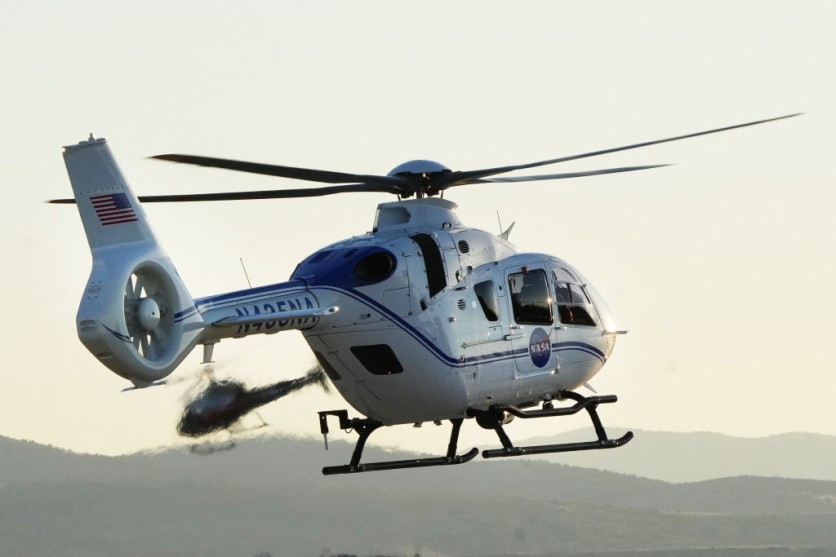NASA's innovation in aviation technology continues with the development of "Digital Winglets," a software designed to enhance real-time flight paths for increased efficiency and fuel savings.
The concept emerged from NASA's ongoing efforts to improve aircraft performance and reduce environmental impact, building on the legacy of previous contributions like winglets that enhance fuel efficiency.

All About the Digital Winglets of NASA
David Wing, the principal researcher of air traffic management at NASA's Langley Research Center, spearheaded the development of advanced autonomy systems for aircraft.
Recognizing the need for real-time route optimization, Wing drew upon the technology used for safe routing to create Digital Winglets. The goal was to empower pilots with a tool that could identify and suggest optimal routes, potentially saving time and resources.
"Air traffic control is there to keep the aircraft safely separated from other aircraft," said Wing. "So, the trick is, when you need to change your routing, what route do you ask for, and how much will it save you?"
Digital Winglets uses the Traffic-Aware Strategic Aircrew Requests (TASAR) software, which employs a genetic algorithm that is a machine learning system that evaluates hundreds of potential route changes to determine the most efficient path.
TASAR uses a map of the area, drawing lines representing potential routes from the airplane. The software then refines these routes, considering factors like no-fly zones, weather conditions, and proximity to other aircraft. The result is a comprehensive analysis of the most efficient route for the airplane.
The implementation of Digital Winglets marks a significant step in NASA's ongoing efforts to enhance aircraft efficiency. The development of technologies like Digital Winglets is crucial for the future of aircraft, as it not only improves performance and payload capacity but also contributes to reducing the environmental impact of air travel, according to NASA.
Read Also : NASA's Picture of the Day: Jupiter Looking Sharp in These Breathtaking New Rooftop Telescope Images
NASA Collaborates With iJET
To bring Digital Winglets to commercial flights, NASA collaborated with iJET, a company specializing in keeping planes connected to ground-based information sources.
Renamed APiJET after its acquisition by Aviation Partners, the company became the first to license TASAR from NASA. The software was integrated into an in-flight computer system, leading to the creation of Digital Winglets.
Digital Winglets is accessible through electronic flight bags, commonly using Apple iPads. This user-friendly interface provides pilots with real-time recommendations for route optimization.
During testing with Alaska Airlines, Digital Winglets demonstrated a fuel savings of 2%, translating to approximately 28,000 pounds of fuel per hundred flights.
The successful transition from NASA's research to commercial application highlights the practical benefits of Digital Winglets in improving fuel efficiency, reducing costs, and contributing to environmental sustainability within the aviation sector.
Related Article : NASA's Psyche Spacecraft Fires Laser 10 Million Miles Away From Earth as It Heads Toward Mysterious Metal Asteroid

ⓒ 2025 TECHTIMES.com All rights reserved. Do not reproduce without permission.




